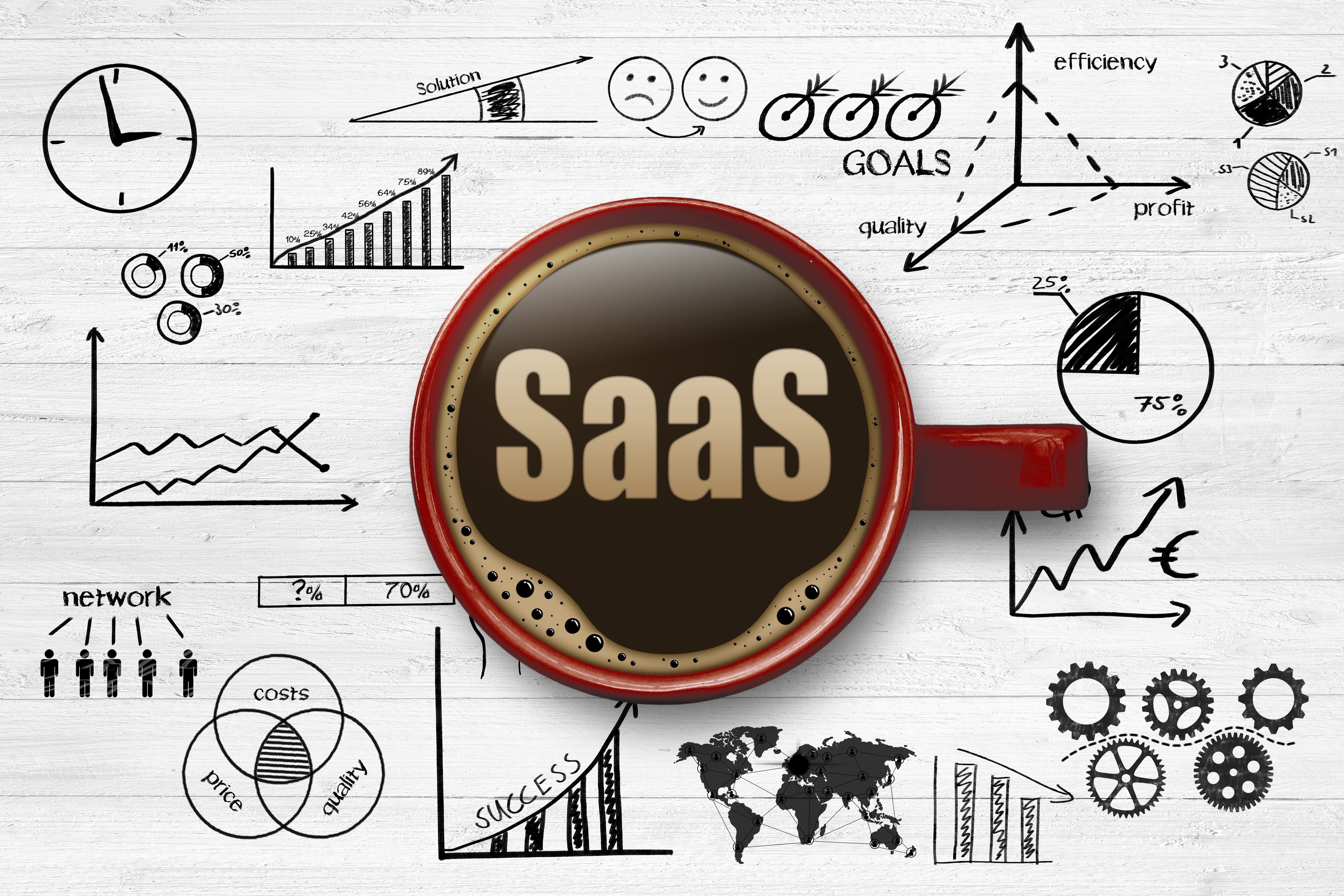
Has the Term “SaaS” Lost Its Meaning?
With the continually increasing popularity of cloud computing, Software as a Service (SaaS) has grown from a buzzword to an industry standard in the tech community. This model offers benefits over on-premises software like a lower cost of entry, hassle-free software updating and workplace flexibility.
While remote software hosting has recently gained widespread relevancy through the popularity of thin clients, it in fact has a surprisingly long history. The term SaaS itself may one day fade into irrelevancy like its predecessors, but the concept of remotely-hosted software has a bright future and will factor into how businesses operate for decades to come.
The Evolution of Software as a Service
The notion of hosting software from a central hub is not a new idea by any means. In the 1960s companies like IBM implemented departments that specialized in software time-sharing, or “utility computing.” Though they operated on a similar theory as modern-day SaaS, the main services provided were extremely limited, essentially just computing power and data storage.
A more recognizable iteration of this concept became popular during the early part of the dot-com boom. Known as Application Service Providers (ASP), these organizations focused on delivering specific services to a small number of clients. Like many companies during the bust, ASPs largely disappeared, though a notable few were able to evolve and become SaaS companies.
ASPs failed to take hold for a variety of crucial reasons. Chief among those reasons was a labor-intensive and inefficient reliance on hardware that did not take advantage of virtualization technology. Often, companies were forced to set up a server for every new instance of an application that was ordered by their clients. Because of virtualization technology’s multi-tenancy benefits, SaaS companies can use a single implementation to service multiple clients.
What SaaS Means Now
A strong grasp of virtualization is not the only benefit SaaS has over its ancestors. Constant technological improvements have been a boon for the industry. Today, wireless connectivity is fast, ubiquitous and reliable – users do not just trust wireless, they rely upon it. This technological confidence makes it easier for businesses to be willing to make the jump to SaaS.
Almost half of small business owners primarily run their company through a smartphone and even more are willing to invest in software solutions over a five year span. As such, a study by Gartner revealed that the SaaS market is expected to grow by over one-fifth in 2016. While the SaaS market has expanded, it split into two organizational strategies: horizontal and vertical SaaS.
Horizontal SaaS companies are the original models, providing a specific business need that translates across industries, like IT management, distribution or sales/marketing. This highly competitive subsection of SaaS does not provide any traction for newcomers – successful startups must deviate from the existing playbook in order to gain a foothold. Newer to the game are vertical SaaS organizations which provide top-down cloud-based services for a specific industry. The wide-open nature of this newer market’s competitive landscape breeds plenty of opportunities for startups to succeed.
Where is SaaS headed?
Just a few years after the term SaaS exploded onto the scene it has splintered into a few fragments. Other services based on a central-computing concept include cloud application infrastructure services (PaaS), cloud system infrastructure services (IaaS), IT management services (MaaS) and cloud business process services (BPaaS). This rise in sub-categories of the general cloud-based technologies as a service could eventually outdate the general term SaaS. Whether that ultimately happens or not, the concept behind the acronym will continue to change the way companies do business.